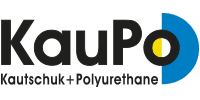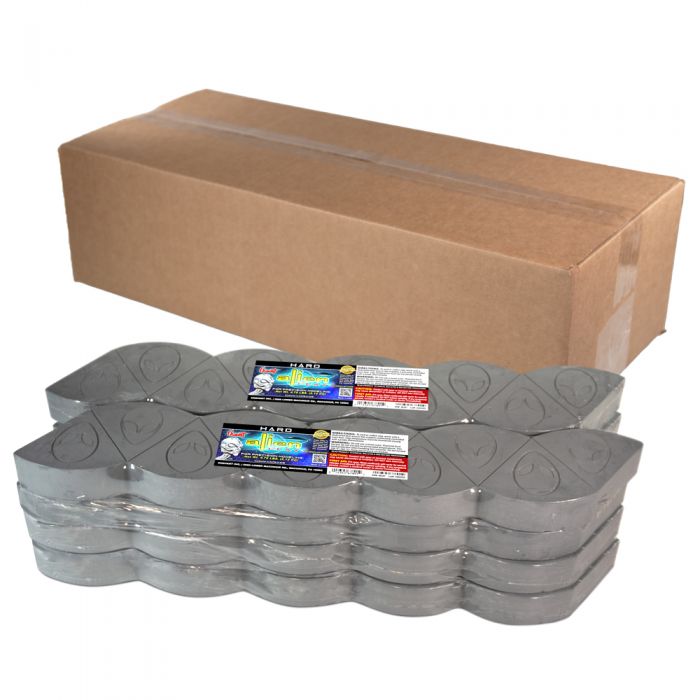ALIEN CLAY™ HARD/8
Description
Alien Clay™ is a precision sculpting medium used for a variety of sculpting and fabrication applications. It is one of the most versatile clays available (sculpt, brush on, trowel on or pour) allowing for quick build-up and sculpting perfect detail. Use for sculpting finely detailed miniatures or life-size projects, movie special effects to create monsters, props, spaceships and other models, medical models, cosplay and more.
Sculpting Tool Friendly
Traditional wood, metal & silicone clay tools are ideal for working fine detail and textures to the clay.
Working with Alien Clay™
Alien Clay™ is not self-supporting so an armature may need to be constructed for figurative work. Traditional wood, metal and silicone clay tools are recommended for working with the clay.
Clay scrapers and rake tools are often used to initially make the clay surface uniform. Solvents such as naphtha, clear mineral spirits and turpentine are aggressive solvents which can be used to quickly soften and dissolve the surface of Alien Clay™. Citrus based solvents such as D-limonene can also be used but may cause inhibition when molding the clay using silicone rubber. 99% Isopropyl alcohol can be used to smooth the clay surface if a less aggressive solvent effect is desired. NOTE: If isopropyl myristate is used on the surface of Alien Clay™, the surface will remain soft, and it will not return to the original hardness.
Making a Slip or Slurry
Solvents such as naphtha, clear mineral spirits and turpentine can also be used to dissolve the clay to a workable slip or slurry. This liquid solution can then be used to create texture effects, join clay together, and coat clay surfaces.
Unique Properties
The cool gray color provides a high visual contrast. Alien Clay™ is vegan (contains no animal byproducts), will not oxidize or become brittle.
Alien Clay™ does not inhibit mold making materials. This clay is stable for repeated use with silky-smooth blendability.
Alien Clay™ has the ability to be melted and remelted without a change in usability of the clay. Application options include brushing, troweling and casting.
Physical Properties
Firmness: Hard 70A
Density: Specific Gravity: 1,15 g/cm
Volume: approx. 1,87 liter, 2,15 kg
Working Temperature
Room temperature to max 104°C.
Heating Equipment Options
Temperature Controlled Crock Pots®
Scientific/Laboratory Oven
Hot Box With Conventional Temperature Monitor
Warming Oven Dedicated For Clay Only (Do Not Use Home Oven)
Microwaves Are NOT Recommended Due To Uneven Heating And Potential Burning.
Softening the Clay
Alien Clay™ hard is most often warmed to a temperature of 49°C to soften it. When it returns to room temperature it also returns to the initial firmness.
Troweling the Clay
Alien Clay™ can also be heated 68°C to a state soft enough to be spread across a surface. As this temperature is very hot and can cause burns, a metal trowel (or similar spreader) is needed to apply the hot clay safely. When troweling, a clay can be spread easily across a vertical armature surface with minimal to no slumping in 1,27 cm thickness.
Brushing the Clay
88°C is the considered brushing temperature of Alien Clay™ hard. This temperature produces a lower viscosity (thinner) clay, suitable for initial coating on armatures or other surfaces that can be applied with a brush. A small scale test against surfaces to check for suitability is always recommended.
Liquefying the Clay
Alien Clay™ hard can be liquefied and poured at 100°C. This method is utilized to make exact reproductions (called castings) of a form by pouring the liquefied clay into a mold; that can be further shaped and revised. Clay might experience separation of the base materials during the heating process. Periodically mixing the liquid clay during the process and before pouring will ensure uniformity of the clay. It is recommended that the mold be heated to 66°C prior to pouring liquefied clay into mold for best surface detail.
 Have you forgotten your password?
Have you forgotten your password?


